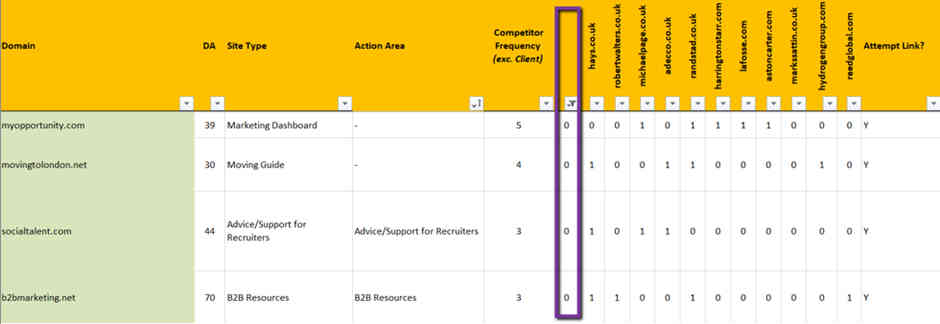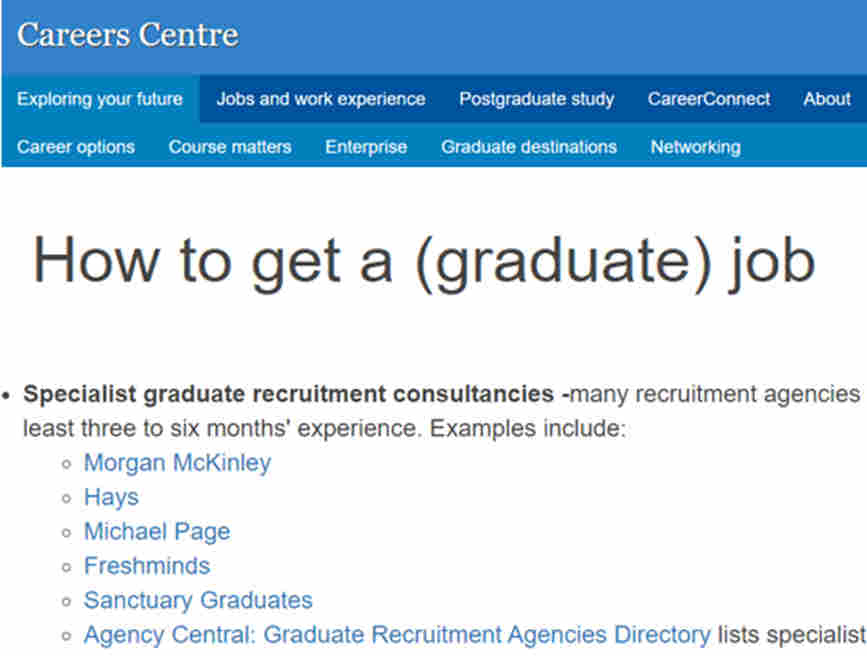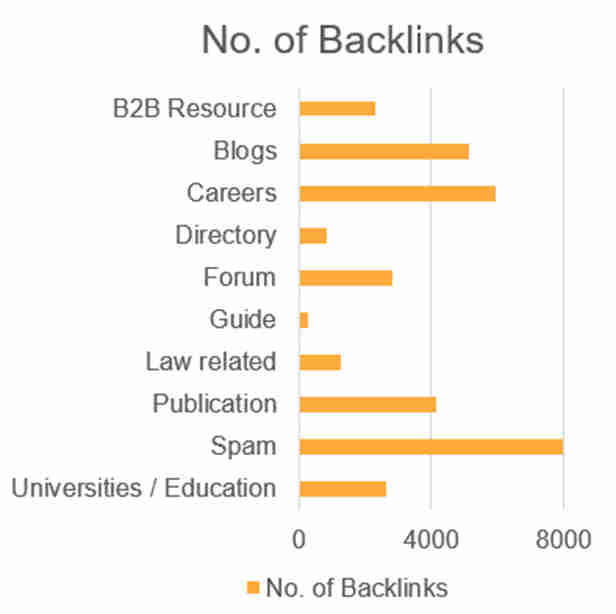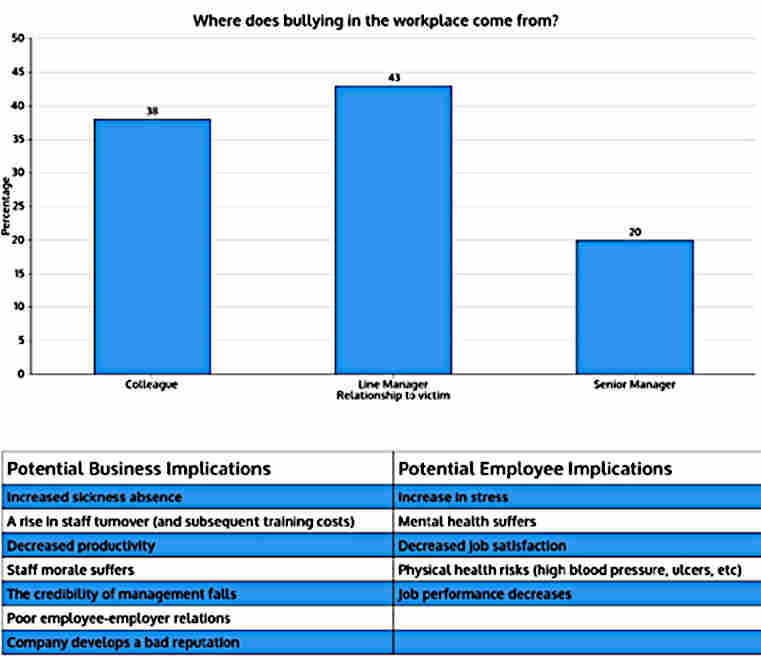Winning in the Age of AI Search: How Brands Can Thrive as Search Evolves
Search is changing faster than ever. With the rise of AI-powered features like Google’s AI Overviews and AI Mode, the familiar “10 blue links” are...
Read moreHow can you use your competitors' backlinks to your advantage? SEO Specialist Bipin Padhiar explains how you can turn competitive intelligence into a true business advantage.
A hyperlink from one website to another.
Now unless you’re plugged into the dystopian ‘Matrix’ style reality world known only to the secret society NEO SEO, these links will mean nothing more.

However, for those of you who have uncovered the truth you will be aware that these ‘backlinks’ are in fact ‘the currency of the internet’ (as described by Moz).
Why are backlinks so important? They:
Therefore, it’s more important than ever to be aware of not just the kind of neighbourhood your own website resides in, but also that of your competitors.
In an attempt to constantly keep up with the Jones’ it is imperative to review your competitors’ backlink profiles every now and then.

Gain quality backlinks
“What’s the point of knowing who my competitors have backlinks from” I hear you ask. “What is there to possibly achieve from such a seemingly uninteresting task?”
Well my friends, I’m here to show you the path and guide you to the light leading to better content strategy and relevant backlinks all as a result of checking out external links to your competitors.
First, you need to gather these competitor backlinks by way of any number of SEO tools out there, such as Ahrefs, SEMrush, Moz, Ubersuggest and many more. If you can use a combination of these tools and their respective databases, you’ll stand a better chance of collating a more concise competitor backlink profile.
Next, dedupe and create your database (save individual competitor backlink profiles in separate tabs also). Create filters so that you end up with a list of domains that your website doesn’t have any backlinks from but at least one (or more) competitors do. Here is an example:

Now, let’s close some of these gaps!
Go through the list of domains, complete the ‘site type’ column as you go along (this will become very useful later on) and find relevant sites linking to your competitors that you can realistically target and also gain a backlink from.
Relevancy is key here, don’t worry about quantities. More often than not you’ll see lots of competitors with backlinks from sites. Your gut reaction will be ‘they all have links from these sites, we should also try and get backlinks from these domains.’
WRONG – review the domains. I’ll put money on that they will largely consist of low quality and spammy directories, search engines and keyword tool sites.
In this example looking at various UK recruitment agencies for our client we have found a university graduate careers page listing a number of competitors:

University sites are of a very high quality, and if so many of our competitors are listed here with hyperlinks pointing back to their site then why can’t we? Let’s (really nicely) get in touch with the webmaster for this university and politely ask to be added to the list!
But even if we achieve this, what have we accomplished? We have caught up with our competitors. Well that’s not good enough in my book. We need to do more.
This is just one of many university graduate careers pages…there are more! More that our competitors aren’t on or haven’t even thought of being on. Now that we have identified a great ‘site type’ that is a) relevant and b) realistic to gain backlinks from, let’s do this on mass and scale it up.
Get in touch with all university careers site webmasters and ask (nicely of course) to be added to their list of recruiters.
“This one doesn’t have a list” I hear you say. Well ask for your site to be included on the page and become the sole recruitment agency for the university.
BEAT the competition - don’t just catch up to them.
Site Types
Remember I wrote that this would become a useful task to carry out? Well we’ve just picked one site type above and upscaled it to great effect.
By knowing all competitor backlinks grouped by site type we can super compound this single upscale tactic by determining other site types that seem to work well for our industry and competitors.

The above graph indicates to us that careers sites, blogs, B2B resource and university sites (which we already know about) seem to generate a good traction of backlinks.
By conducting this exercise, we know we have fully covered all bases of site types for our competitors and we know where to channel our focus. Anything in addition to this we know will be entering new realms and be a bonus.
Most linked to pages
Using your individual competitor backlink profiles (I asked you above to save in separate tabs) you can find out the specific pages that are linked to the most. You may just want to review the competitor blog section or case studies pages for example depending on your objectives.
These pages are linked to by numerous sites for a reason – they have something worth sharing.
This may be down to the content being incredibly interesting and insightful. It may be due to an aesthetically pleasing format such as an infographic, chart, list or meme.
Whatever the reason, your competitor has gained lots of backlinks from these pages and we’re going to figure out why and then use those tactics ourselves.
Analysing one of our competitor recruitment agencies we found the following:

This makes sense, as charts and tables are easily digestible formats and contain useful insights. Can we add charts to any of our pages to make them more shareable? Okay then, let’s add them in asap.

These assets may take more time to formulate and design with the creativity required to make them assets worth sharing. Stay within your brand guidelines and get creative to produce the most awesome infographic to rule them all!

A little ‘Buzzfeedy’ yes, but if there’s a place for them somewhere on your site where you can use this tactic wisely and with discretion then by all means go for it.
Social Platform Backlinks
Competitor backlinks aren’t just limited to websites. Who is linking to your competitors’ LinkedIn, Facebook and Pinterest accounts?
A bonus tip here is to conduct external link analysis on any social platforms your competitors have and spot link building opportunities here. In the same way find prospects that might also be willing to link to you and close those gaps.
Here’s the clever bit – ask these new prospects to send the link to your website and not your social platform to pass that lovely PageRank over your way.
Bonus tip #2 – conduct the same exercise for your own social platforms and reap the rewards of contacting and building relationships with webmasters that have already expressed enough interest in you to already have linked to your Instagram account for example.
Finally, continue to review your progress with outreach campaigns and re-create your competitor backlink database periodically (every 6-12 months) to find out if you’ve closed those gaps, discovered new gaps or better still surpassed and obliterated your competition.
Does your link building leave a little to be desired? Let's talk.
More articles you might be interested in:

Search is changing faster than ever. With the rise of AI-powered features like Google’s AI Overviews and AI Mode, the familiar “10 blue links” are...
Read more


Arming yourself with the right tools to ensure a smooth site migration is important - find out how to protect your SEO during a migration today.
Read more
Google employees have recently announced that the upcoming Google Core Update is set to be released in the coming weeks. Understanding and addressing...
Read more
Language matters. Any marketer worth their salt knows this. But when discussing gender and sexual orientation, that importance is amplified tenfold.
Read more
When marketers think of thought leadership, there are names rather than ideas, that tend to spring to mind.
Read more
With the release of GPT-4, how revolutionary will this tool be? Alan Rowe takes us through it...
Read more